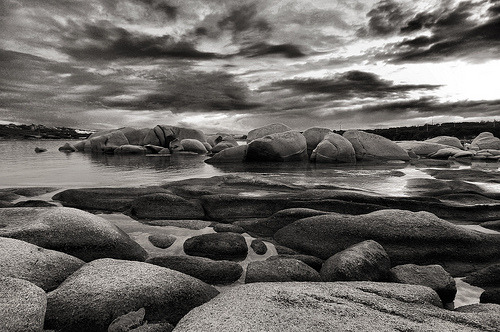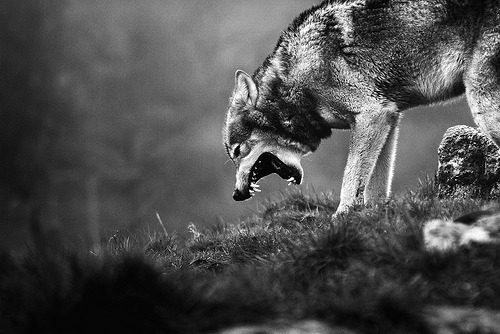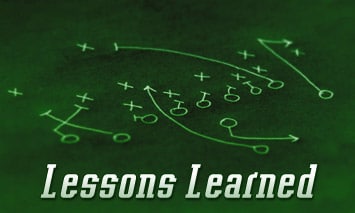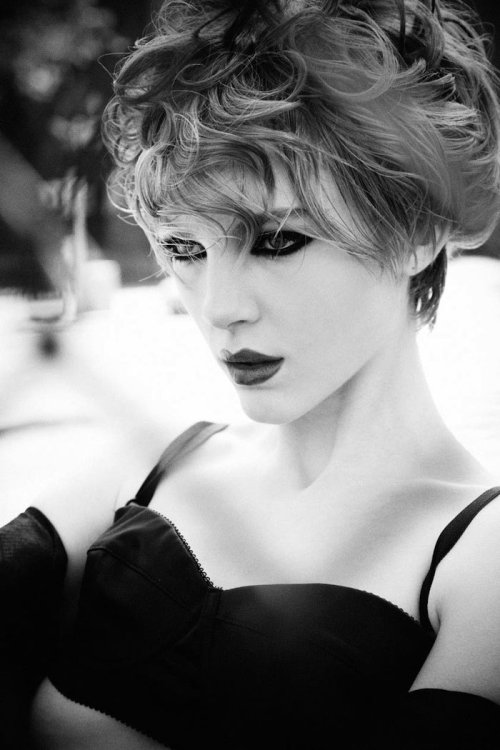With
JuNoWriMo almost upon us, I have tweeted more and more
lately about the “storyboarding” stage of my writing process. Several people have
asked me what I mean by that, and still others have asked for a closer look at
how I go about the prewriting process entirely.
Most writers refer to this as simply “plotting” – but I
confess, it’s a word that rarely enters my writing vocabulary.
In the world of Angela, prewriting means storyboarding.
What is
storyboarding?
A nice dictionary definition of storyboarding is simply
this: “A panel or series of panels of rough
sketches outlining the scene sequence and major changes of action or plot in a
production to be shot on film or video.”
This sort of “plotting” is essential to those in film, since
so many details hinge on the presentation of the visual aspects, and not dialogue
only.
The Megatokyo
Connection
I first ran across the term
storyboarding several years ago, when I discovered the mother of
all quality, convoluted, complex webcomics known as
Megatokyo. The mastermind
behind the comic, Fred Gallagher, was still putting out Largo & Piro
goodness in his original gag-a-day comic strip format then. But not long after
I joined this deliriously inverted world of geeks, mystery, social awkwardness,
gaming, and the undead - Fred did something VERY interesting: he decided to morph
the comic strip from a daily yucks-and-giggles routine to an overarching story
with multiple characters, intricately interwoven plotlines, and ongoing themes
that actually went beyond humor and
meant
something.
In short, he wanted to move out of sitcom territory and tell
a substantive story.
As he went through the transformation, Fred documented his
efforts in his blog posts, which always show up at the bottom of the page after
the comic. This is where I first heard him rant about storyboarding, and how
much time was consumed in plotting things out correctly.
Then he started posting snippets of his storyboards. He
still does this sometimes, by posting “in progress” comics when the finished
result is taking a while to really polish off.
Once I saw what he meant by “storyboarding”, my whole vision
of what it meant to put a story together changed. Drastically.
Why storyboard a
novel?
The idea of “storyboarding” changed my view at a bedrock
level, and on a point so simple as to be considered obvious: Stories need to be visual.
That’s almost a “duh” kind of statement, isn’t it? After
all, we live in a visually charged society. If it’s not the internet or
television or movies, it’s coming over our iPhones and iPads, Kindles and
Nooks, not to mention the old standbys – billboards and posters and magazine
covers in the grocery store check-out lines. We are bombarded by visual stimuli
constantly. Yet we still need the reminder – or at least I do – that today’s
audiences are so visually conditioned that any
would-be-author who ignores this reality of the modern audience does so at his
own peril.
Again – a “duh” moment, right?
But here’s where the lightbulb went on for me: If I am going
to write for such a visually charged audience, then I need to write visually – even before I put words to paper.
Please do not misunderstand me.
Storyboarding a novel does NOT mean:
·
Drawing tons of sketches beforehand (though some
authors – including J K Rowling, are known to do this. But it’s not for
everyone.)
·
Belaboring my writing with loads of long, heavy
description. (This is generally considered monumentally BAD writing.)
But my audience is visual. VERY visual.
So how do I do
this?
My personal answer is what I would like to take you through
for the next few weeks. I’m not saying that I have all the answers – only that
I’ve found what works for me; and I have helped enough writers along the way
that it seems to help other people as well – not everyone, perhaps, but many.
And it’s adaptable; so if you’re NOT an artist, then you can tweak the process
in a way that fits you.
Over the month of June I will break down the steps of how to
storyboard a novel the “Angela Goff way”, and let you be the judge of which
part of these sub-components works for you.
Generally speaking, the trajectory of this series will
cover: context, hooks, idea gathering, timelines, maps and sketches, and then
of course how to merge all of that into a full storyboard.
I hope this little foray into my brain will help some of
you, or at least encourage you in knowing that you’re already doing some of
these things that will save your novel from the slush pile.
Follow me on Twitter (@Angela_Goff) or subscribe to email
notifications for this blog to catch the next installment, hopefully coming
your way by the end of the week.
Questions? Comments? Does any of this sound helpful?
Let me know in the comments!






